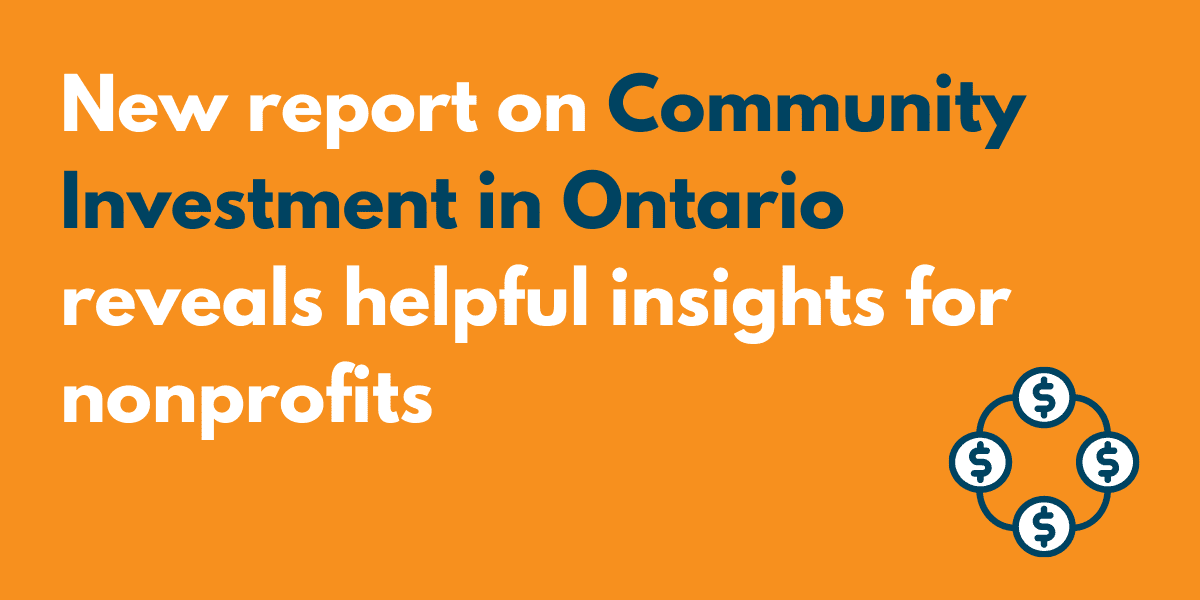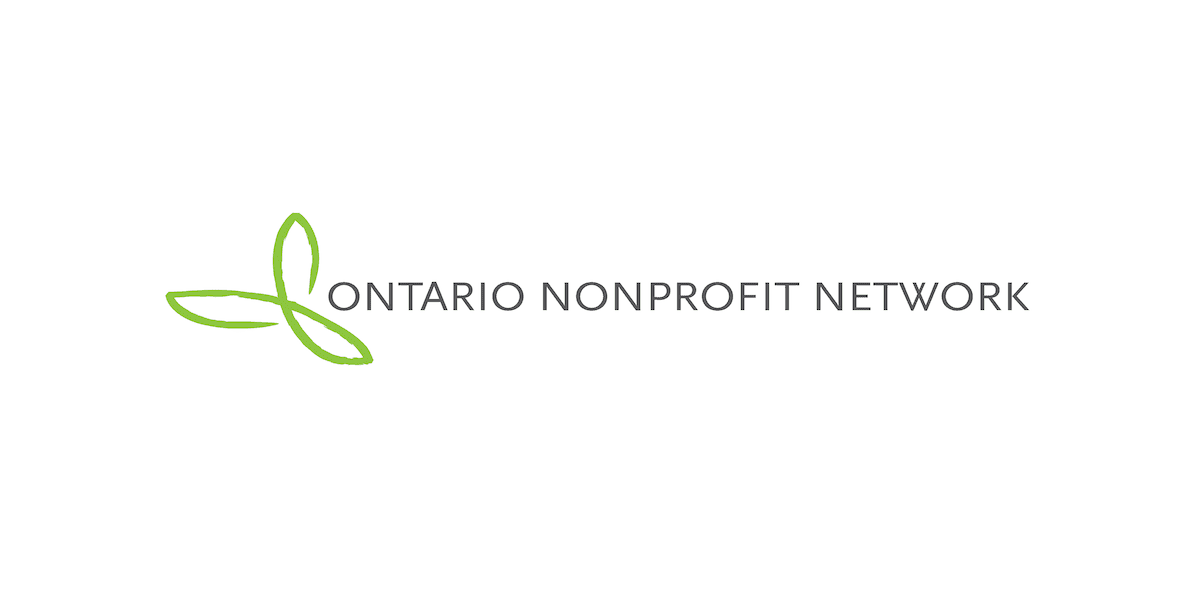
Blog
New report on Community Investment in Ontario reveals helpful insights for nonprofits
The Cooperation Council of Ontario/Conseil de la coopération de l’Ontario (CCO) has recently published a report, Community Investment in Ontario. This report explores the current environment for community investment organizations (CIO) in Ontario. CIOs are organizations (co-ops, nonprofits, or otherwise) that provide average investors with opportunities to invest locally so that dollars keep circulating and building communities.
In the preparation of this report, ONN was pleased to provide our perspective through consultations and we thought it was important to share the insights with our network. Whether you are new to this area or an experienced practitioner, the report provides a good introduction to community finance, lays out the main tension in nonprofits accessing finance and offers a number of regulatory improvements to attract the kind of local investors more likely to support nonprofits.
Nonprofits and finance: Introducing the fundamental tension
This report highlights the inherent tension in impact investing, whether it is investor driven “social finance” or locally-owned “community investment”. While ONN highly encourages nonprofits to consider community investment opportunities — which may be great untapped sources of finance in many cases — this tension reminds us why it is not an appropriate model for nonprofits in every case.
Nonprofits are restricted in what type of capital they can raise and this may increase the cost of borrowing. Furthermore, because many projects face issues like irregular cash flows, this adds additional risk and therefore makes borrowing more expensive in an ordinary market.
Many social ventures, by their very nature, yield below-market returns. Above-average risks combined with below-average returns means that in many cases capital can only come from sources willing to subsidize the work to some extent. The report points out that it may be simpler and more effective to just engage in traditional fundraising.
Included in the report is a glossary that introduces key regulators, and discusses foundational investment concepts. It also contains a helpful appendix explaining the advantages and disadvantages of the nonprofit versus other corporate forms in pursuing social enterprise.
Enabling investors willing to support nonprofits
Governments have the power to encourage and discourage different types of economic activities through the laws they pass, which come together to form an overall “regulatory environment”. A regulatory environment conducive to CIOs and other investment bodies ready and willing to share in the risks taken on by nonprofits without expecting higher returns is good for nonprofits. There are two reasons to think CIOs might make more capital available to nonprofits at a lower cost than other investors. First, they may be nonprofits themselves and make their investments based on a range of factors that don’t disadvantage nonprofit borrowers. Secondly, CIOs focus on local communities thereby limiting the competition nonprofits will face in securing financing and therefore should drive down the cost of capital that nonprofits have access to.
So what regulatory changes would be more conducive to CIOs and other similar investors?
Based on the changes suggested in the report, here are two that are relevant for our network:
- The authors give the example of the Green Energy Act, which kickstarted an industry and enabled organizations to access debt and equity by guaranteeing a stable price for energy with a bonus for co-operative producers. Presumably, legislation that offers a predictable price in other areas and offers a bonus for nonprofit producers could have a similar effect. However, we caution nonprofits in using this example with the current Government as they repealed this Act.
- In Nova Scotia, CIO equivalents called Community Economic Development Investment Funds (CEDIFs) were enabled by streamlining the forms and processes to start them. Less bureaucracy means less reliance on counsel and other experts, lower transaction fees, and the ability to engage in smaller capital raises ($50,000). Although CEDIFs can’t be nonprofits, the importance of simplicity and streamlining for creating such funds is vital across the board.
While the above changes would all be significantly helpful, the report is careful about applauding recent efforts by the Ontario Financial Services Regulatory Authority to clarify existing requirements for co-ops to raise capital in certain situations they consider “high risk”. The authors note that this clarity helps co-ops craft offering statements, and signals the regulator is taking the sector seriously. While this guidance doesn’t apply directly to nonprofits, this is a good reminder for nonprofit advocates in this space that clearer regulation is better regulation and often does not require legislative change but instead requires changing the attitude of the regulator.
What can nonprofits (and networks) do to use community finance to build community wealth?
While we wait for better regulation for organizations whose purpose it is to invest in communities, funders, particularly those with a focus on a particular community, can draw lessons from CIOs in other provinces to understand how to structure their own portfolios in a way that builds community wealth. Looking at Community Investment Co-ops in BC or CEDIFS in Nova Scotia is a great place to start to draw inspiration.
Nonprofits should continue to expand their understanding of options available to finance their work by building their investment knowledge and acumen. Towards this end, the report also contains helpful tips such as “…having a strong, diversified portfolio of revenue-generating services is imperative for non-profits issuing community bonds.” and “A major key success factor is that a CIO must be demand-driven, meaning that in order to work, it must solve an actual problem in the community.” Ultimately, figuring out the business model of your work is an exercise in figuring out how it can be financially sustainable. This is a vital skill whether you call it social enterprise or not. In some cases, it will simply not be viable for certain public goods to be funded through private investment. In those cases, it becomes vital to advocate collectively for adequate public funding. Stay tuned for ONN’s new election advocacy toolkit to better understand how your nonprofit can get involved in the democratic process.
The nonprofit sector secures about a third of its revenues from earned income and these revenue-generating activities have the potential to take up a bigger slice of Ontario’s economic pie. Securing the financial backing to ensure growth in nonprofit goods and services — whether a small newcomer women’s catering service or a multi-site child care operation — means keeping more community wealth in community hands. Community investment organizations can play an important role in this context.




